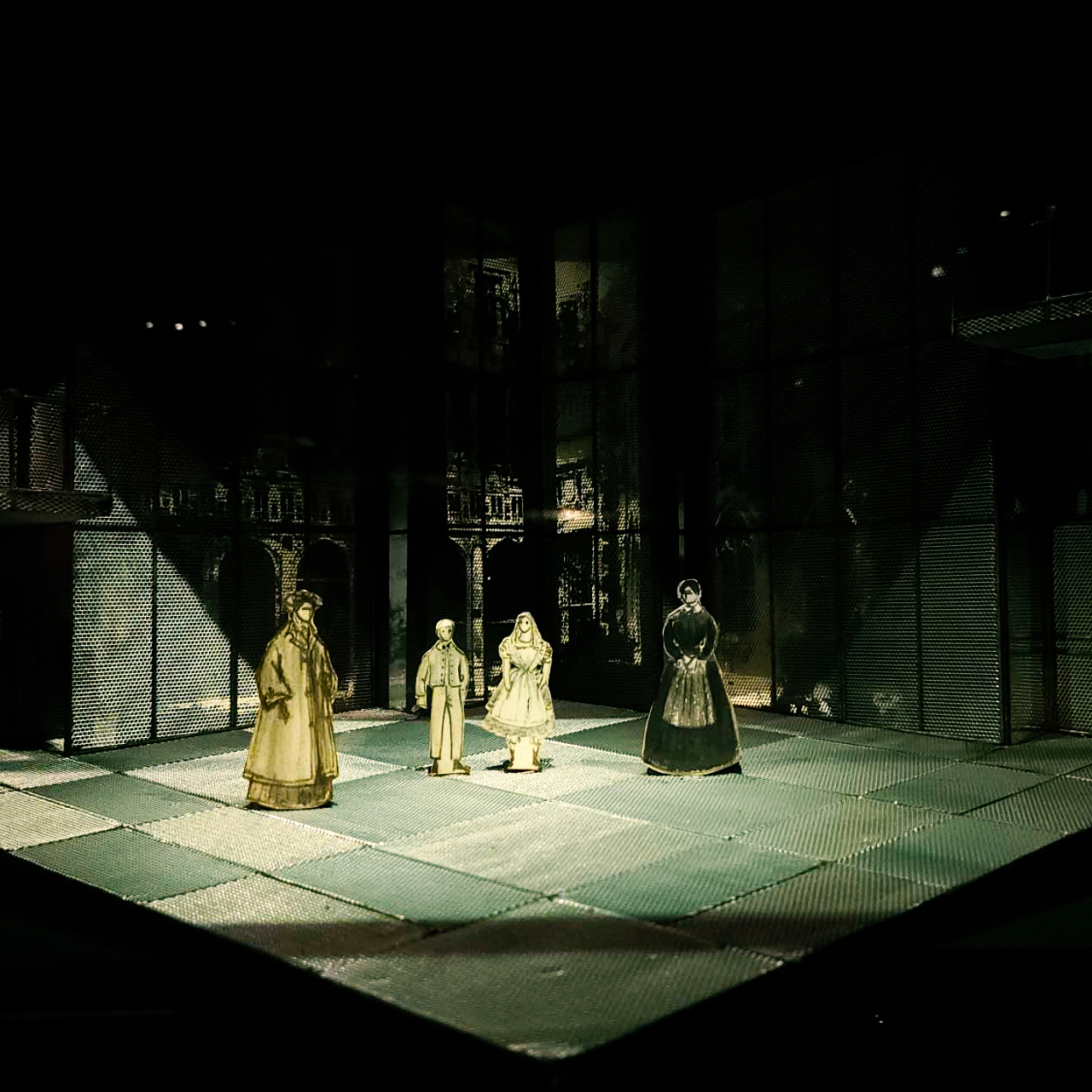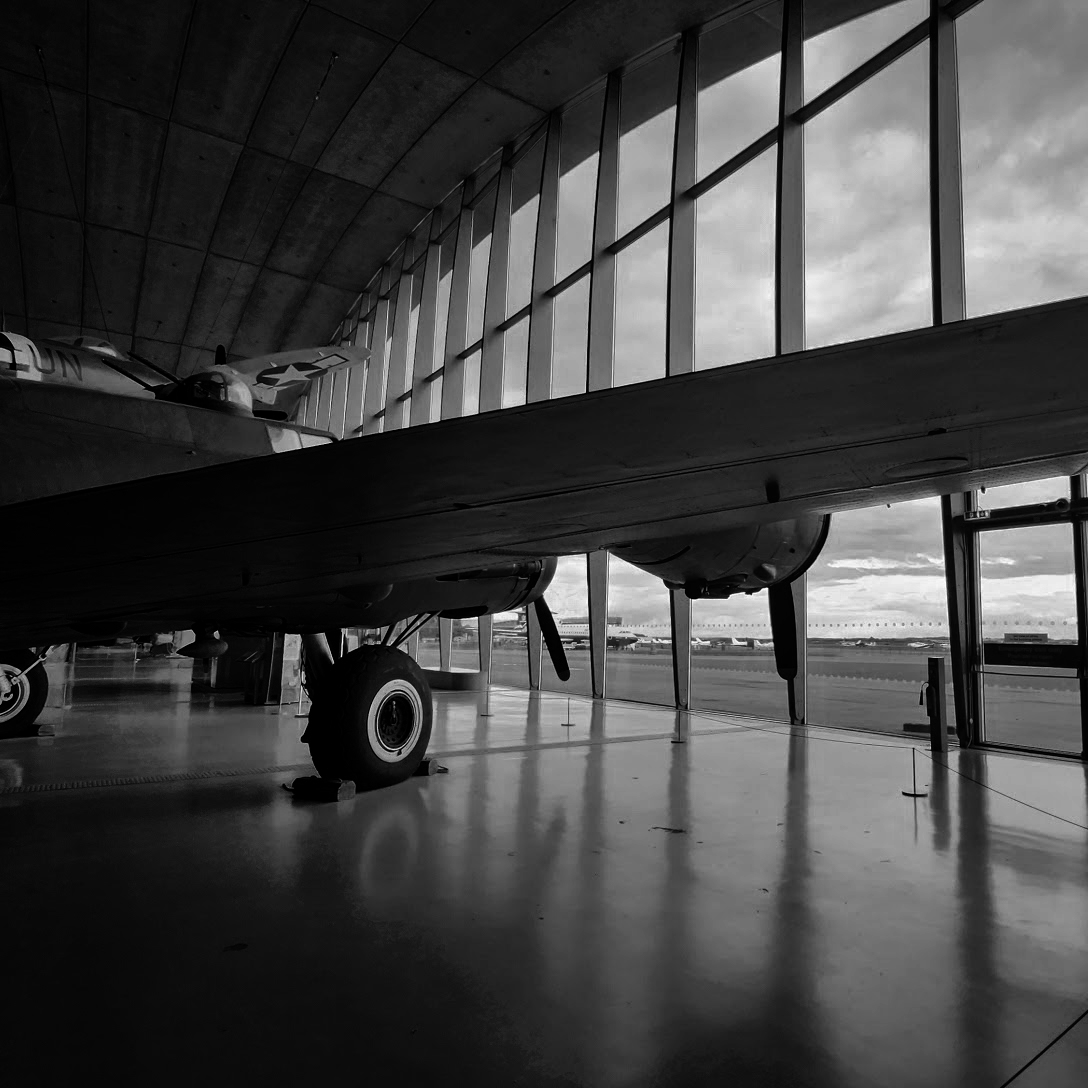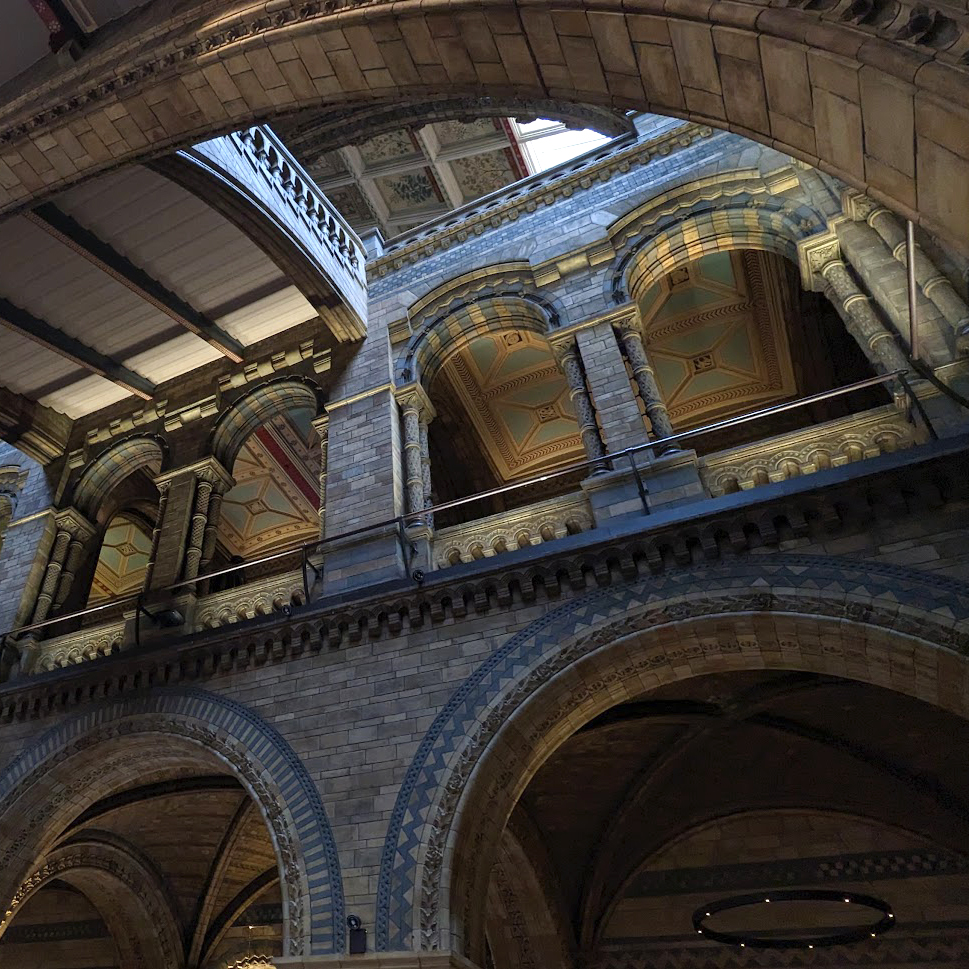How to work with Art Directors on Lighting Design
Practical lighting design and Art Direction.
This article comprises my notes on work and indie consultation experience, specifically focusing on how I collaborate with various Art Directors. Please note that this is a personal account of my professional journey rather than academic research. Thank you for taking the time to read it.
The following points are based on my experiences working both on-site and from home.
- Being somewhat of an introvert, I always feel nervous when speaking in public.
- As English is my second language, I find that writing down my experiences works better than giving a nervous talk in front of cameras.
- I feel that I think more deeply when I write. Hopefully, these shared experiences will assist you in your everyday challenges on the creative journey.
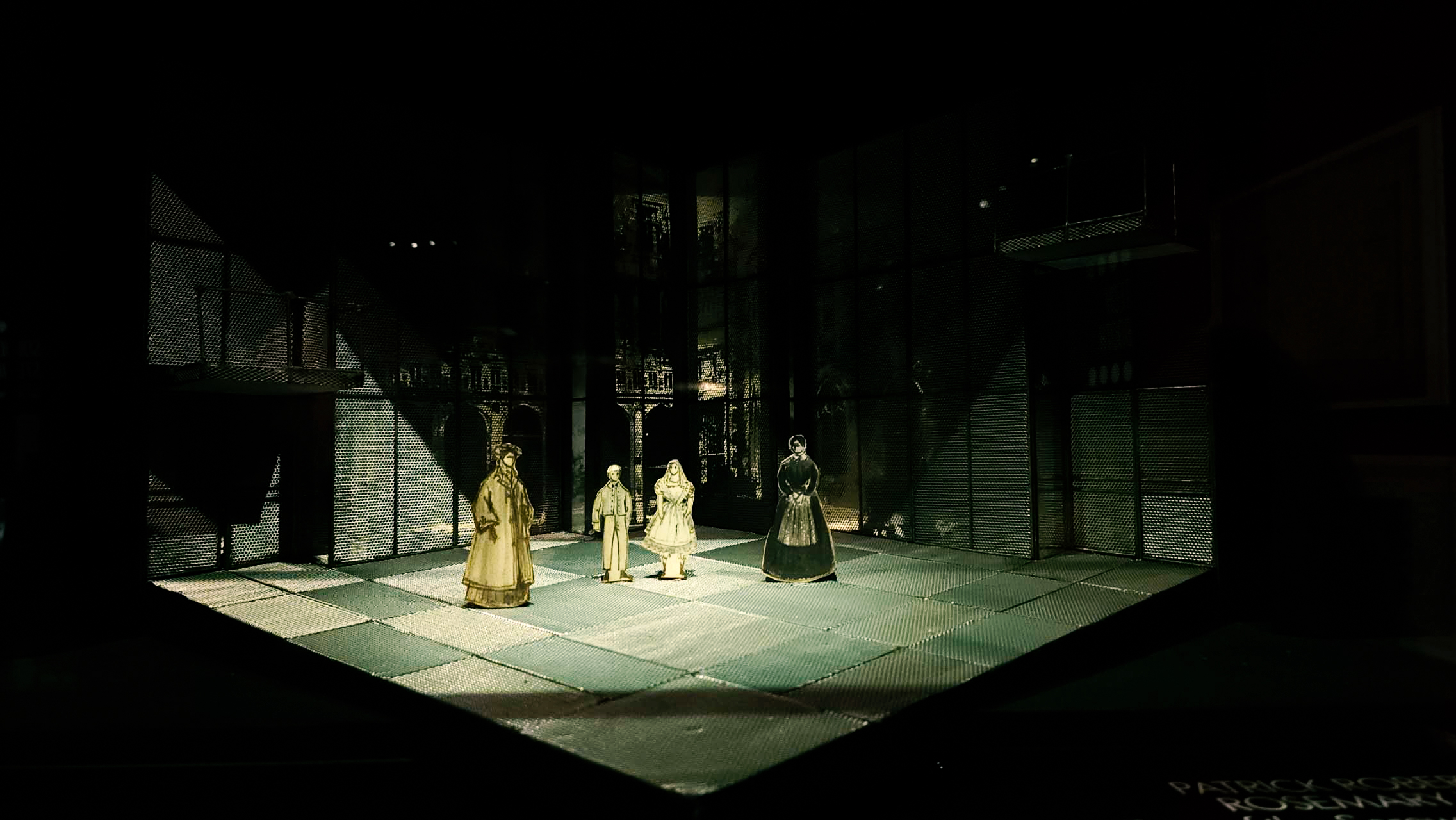
- V&A Theatre & Performance section
The importance of lighting design.
As lighting artists, we must respect the technical constraints with our left hands and meet a certain expectation of style and graphic quality with our right hands. What distinguishes our craft is the knowledge and practice that enable us to achieve a balanced final result, harmonising both the technical and artistic requirements of the project.
I believe many of my fellow lighting artist friends would concur with me. In fact, our role involves look-development practices, but in real-time within the game editor. Our daily task is to carefully balance the artistic expectations of lighting design while keeping performance requirements in mind
My grandmother is a tailor, and I have observed how she creates dresses for her clients. I believe my profession shares a similar nature to that of a private tailor’s role; each case is unique, and while we follow some common rules to define the pattern, every project demands a specific approach.
A practical, executable lighting design is the first piece of the puzzle. Integrating the level design intention and the specific visual style into an approved lighting design in advance can significantly enhance the project’s final result. Specifically, it simplifies our work during the execution stage.
Approaching and execution
Carrying out a realistic lighting design during pre-production can be highly challenging due to the nature of video game development. Multiple departments work simultaneously, and unexpected changes, such as design modifications and other unpredictable factors, can occur at any time. Additionally, experiencing style refinement in the early stages of production is quite common.
When approaching my art director, I prefer to use classic art movements as a general style reference, whilst referring to existing games or films that I feel relate to this art movement. Our work is centred on aesthetic innovation within technological constraints; thus, I favour deriving my inspiration from the original source. This method allows me to establish a solid foundation while developing the look with a wholly personal perspective. It is akin to attending a classical concert in person rather than experiencing it through a streaming service. As an artist, I value original inspiration above all else.
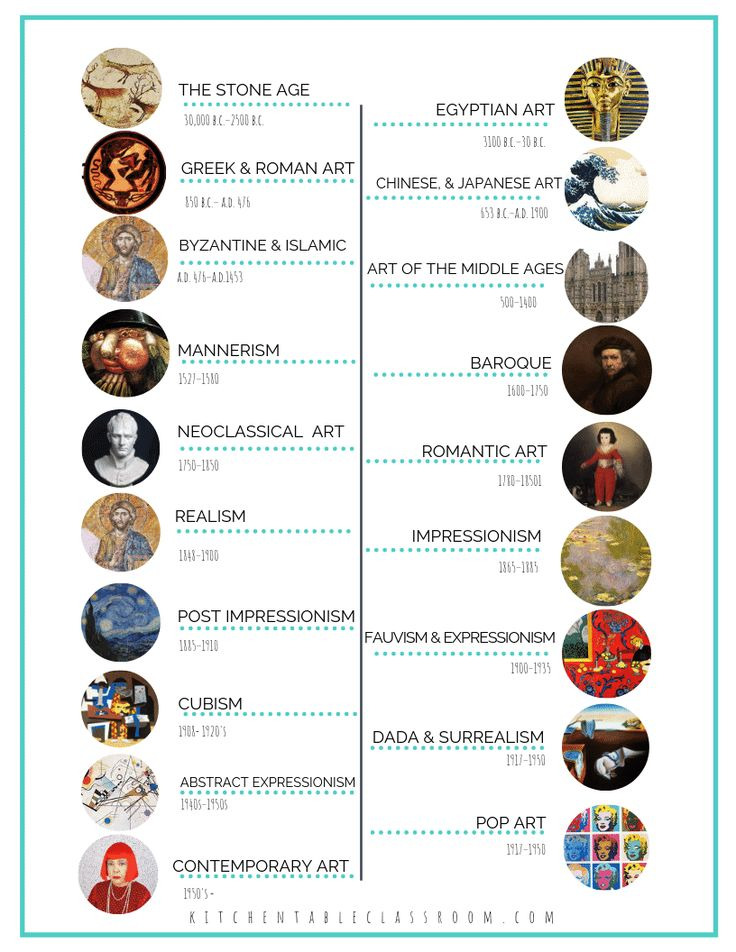
* From the kitchen table classroom, art movement chart.
Establishing relationships
I adopt the same creed in my personal projects. While most of my inspiration is drawn from my life experiences, I occasionally undertake “style challenge” lighting designs for practice. Whether I am engaged in look development for myself or preparing look development solutions for my Art Directors at work, employing classic art movements to describe the style ensures conversations are concise and efficient.
My art director typically oversees multiple departments, so it is crucial to keep conversations concise and to the point. In summary, using well-recognised terminology to describe specific styles is not only a preference but also an effective strategy for ensuring precise communication.
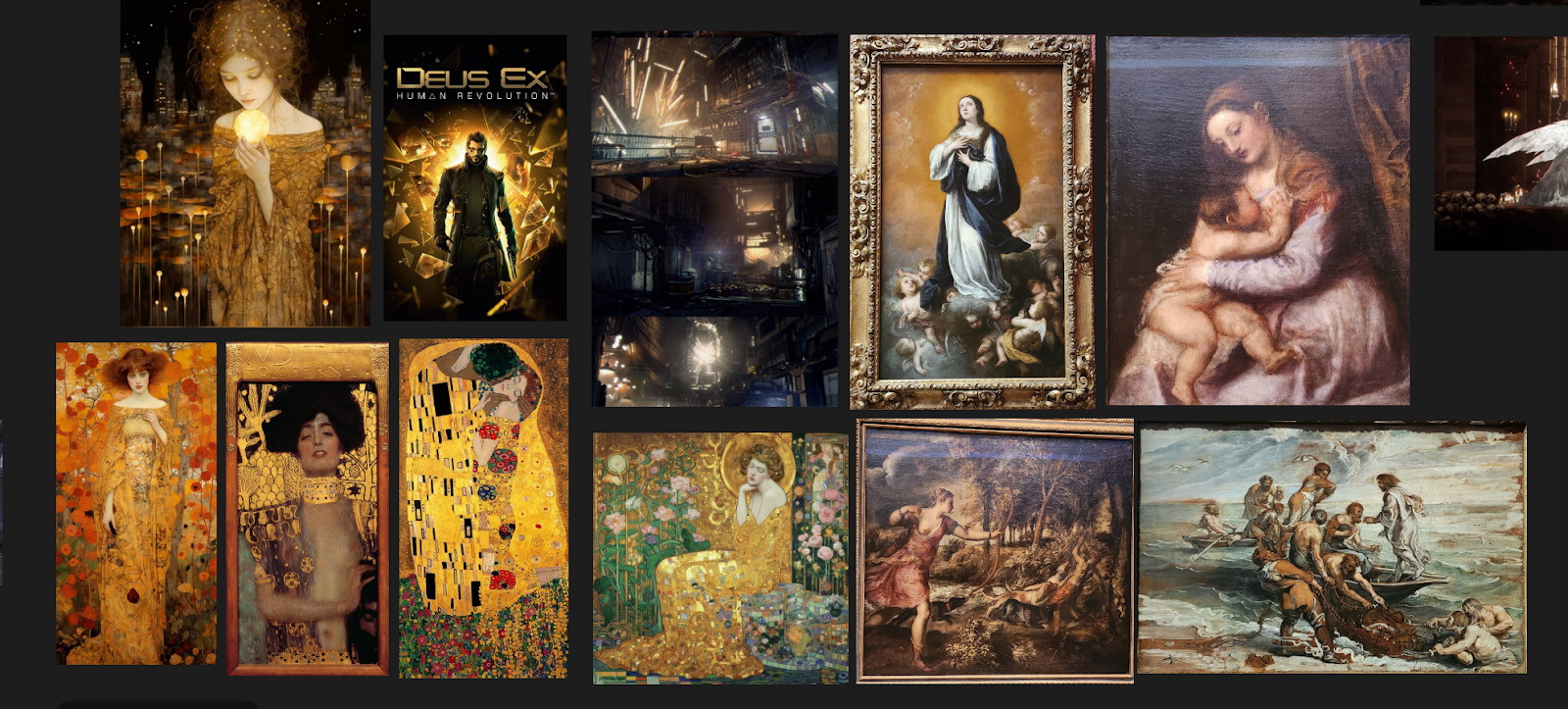
* Example of how I referring reference in my personal work
Narrative approaching
This is a group of principles of photojournalism, established by Robert Capa.
* Five Ws and One H. Who, What, When, Where, Why, and How
These principles were widely employed during the Second World War by photojournalists to document events with accuracy and comprehensiveness. I find these principles quite helpful when communicating with my Art Director about how I interpret any high-level art directions given by them.
Robert Capa, a Hungarian photographer, used a small 35mm camera. His work has left an indelible mark on the field of photojournalism.
In my view, there are several commonalities between photojournalism and high-level art direction. Both aim to convey essential information about specific events, locations, and actions. These compelling images not only serve as visual appeal but are also intended to communicate the essence of visual language in a non-literary format.
When receiving high-level art directions, just like Capa, it’s about extracting the core message and intentions. As a lighting artist we are in charge of transferring those core information into a visual language which resonates with the audience.
To me, the pre-production lighting design is about finding that balance between staying true to the director’s vision and infusing my own creative flair.
Capa believed that photographs should tell a story and convey the essence of the subjects they captured. His famous saying, “If your pictures aren’t good enough, you’re not close enough,” reflects his commitment to getting as close to the action as possible to capture the true emotion and impact of the moment.
Capa’s legacy continues to inspire photographers today, and his photographs remain a testament to the power of visual storytelling in capturing the human experience during times of conflict.
——- From the art story Robert Capa Photography, Bio, Ideas | TheArtStory

Efficient Communication
This brings me to another preference I have when drafting the initial lighting look development board. I tend to use a handful of images to convey my ideas, rather than writing a lengthy paragraph that reiterates information already well-known.
Short descriptions with keywords are also very useful, as most of the initial communication must be conducted via meetings. I tend to gather reference images that correspond to each keyword in order. This practice helps me focus while explaining and elaborating on my creative decisions during the meeting.
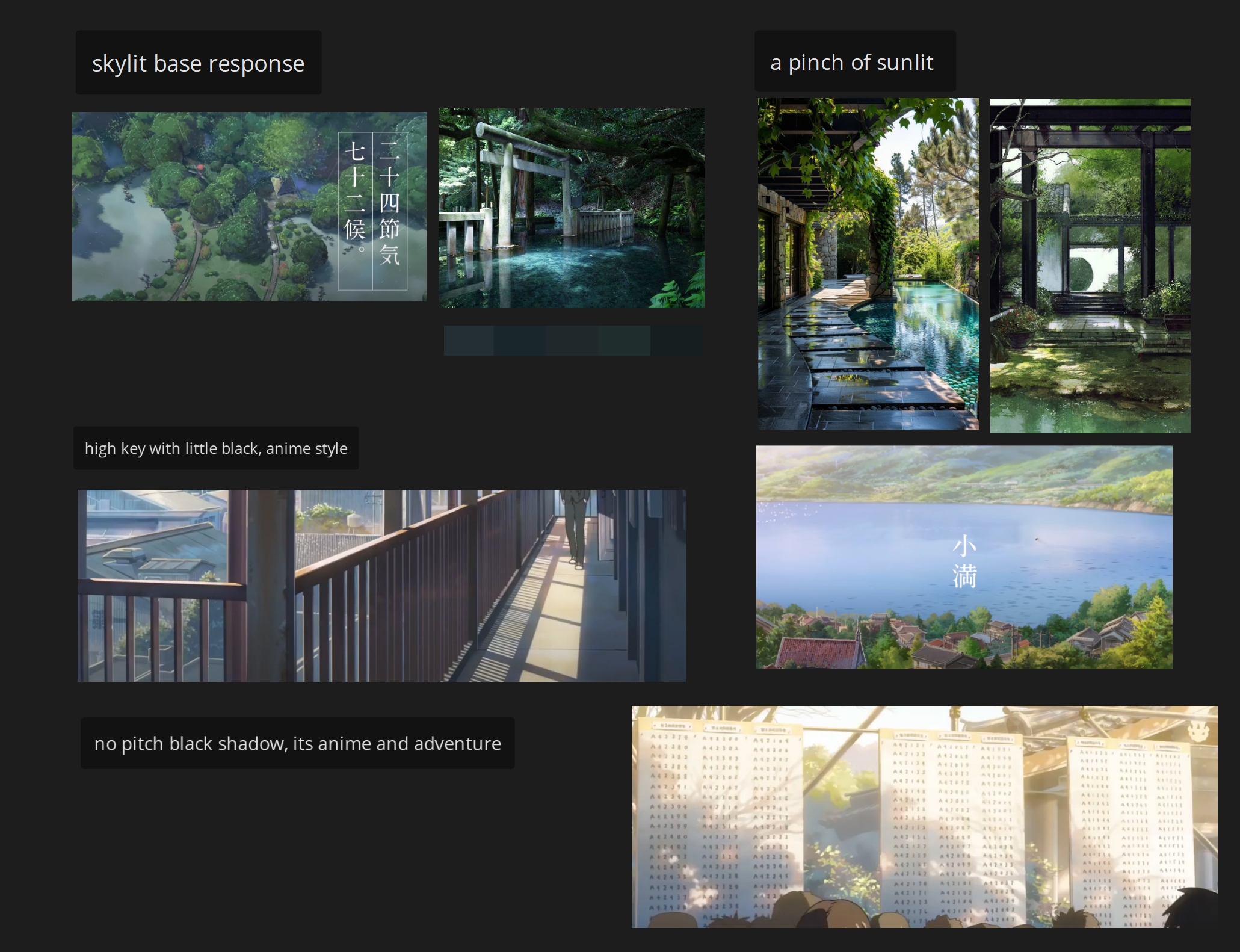
* An example lighting design board I made for communicating a sunny weather
While the ultimate goal is to create beautiful and shippable lighting work in video games, I find pre-production lighting design to be quite energy-consuming. However, I use this opportunity to practice my creative thinking. I assume that some of those reading this article are also fellow lighters. In our work, the nature of our job necessitates keeping several causes and consequences in mind for every placement of light actors.
Defining the shape while maintaining adequate visibility, pushing the boundaries of aesthetic pursuits, and ensuring smooth transitions in line with the rhythm of gameplay. Above all, there are uncompromisable performance limitations. Training our brains to adapt to this intense creative decision-making can take years of practice. However, it is possible for this comprehensive thinking process to become pleasant once the artist becomes accustomed to it.
Technical Concerns
I have been fortunate to work with multiple highly talented Art Directors. Some of them not only have an exceptional taste in aesthetics, but also possess sophisticated knowledge in 3D environment art. Some have mastered their craft in painting or sculpting. Moreover, some have even worked as lighting artists before becoming Art Directors.
Regardless of the background of my Art Directors, I always concentrate on the specific case during any lighting look development kick-off meetings. For example, though we all have our own ideal vision for our beloved project, during the kick-off stage I value everybody’s time as much as my own. At this stage, I will only mention potential risks and concerns on the execution side rather than debating the art direction decisions. I believe the visual vocabulary can be refined when I start drafting the lighting design board.
If any artistic decision might cause a risk or potential issue, I will raise it along with a possible solution if I have one.In my opinion, the fun part of my job is that every case is different. What makes our craft stand out is that, despite known technical constraints, fully sharing our concerns in advance can elevate the overall lighting design to the next level.
Additionally, I feel my field lighting training is particularly valuable when considering performance in advance. In the real world, we tend to use less light for energy and environmental concerns. In games, we cut unnecessary light actors to save on real-time lighting costs.
Field experience is particularly practical in game lighting design. Cinematography and the application of traditional lighting theory in motion pictures serve as excellent references for practical planning.

* Reference from John Wick Chapter 4 trailer.
Iteration and Feedback
Though unexpected art direction changes could occur, they have been rare in my 13 years in the industry. However, this is just my personal experience. Like any other creative project, creative decision updates are expected in game development, especially during the early stages.
Usually, style iteration relates to changes in mood and atmosphere, and lighting plays a crucial role in driving the overall ambience of the game. Once I have grasped the initial art direction, it is essential to ensure that my Art Director understands the technical constraints and potential risks of pursuing a particular look. By doing so, we can collaboratively elevate the design to new heights.
During the feedback and iteration stage, the Munsell colour system proves invaluable. Its precision allows for articulate descriptions of lighting feedback and overall composition, elevating the creative dialogue.
The Munsell colour system – The Munsell Colour System is a way to describe colors based on three different dimensions: hue, value (lightness), and chroma (color purity). Created by American artist and educator Albert H. Munsell in the early 20th century, this system aims to provide a more precise and consistent way to identify colors compared to other color systems.
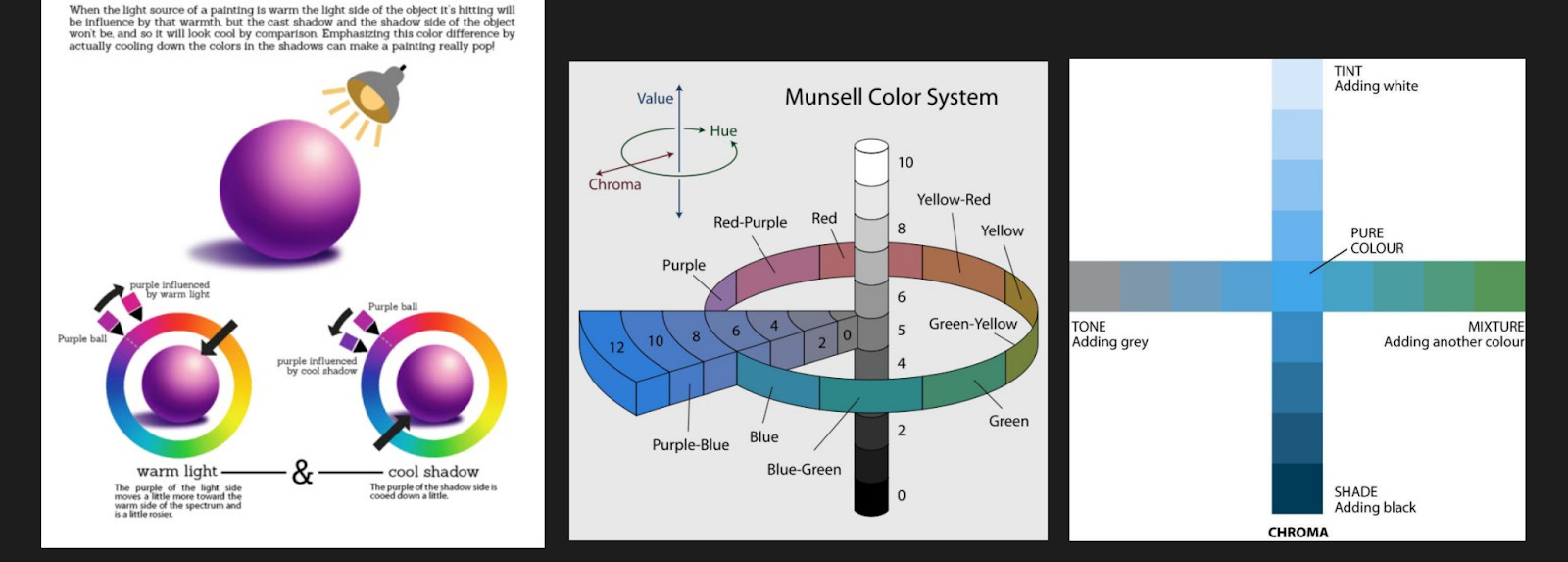
The Munsell Colour system
Conclusion
In conclusion, the role of a lighting artist is pivotal in shaping the overall mood and atmosphere of a game. By understanding the creative intentions behind the Art Director’s decisions on look development, lighting artists can ensure their work aligns seamlessly with the game’s vision.
As we continue to push the boundaries of visual storytelling in games, the symbiotic relationship between Art Directors and lighting artists will remain crucial. By fostering a collaborative and communicative environment, we can create visually stunning experiences that captivate and immerse players, bringing our collective creative visions to life.
If you have reached this far in my humble experience sharing, please leave me a message and let me know how you feel about working with your Art Directors. May we all enjoy our endeavours on our creative journeys.

